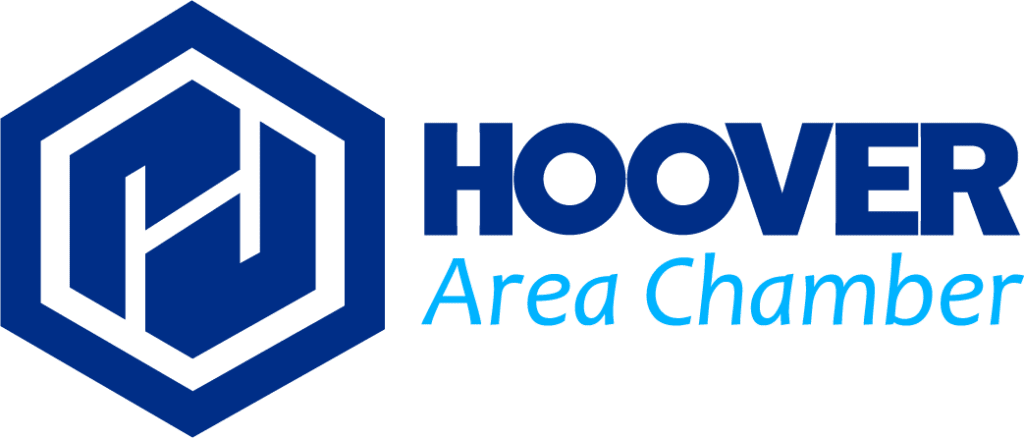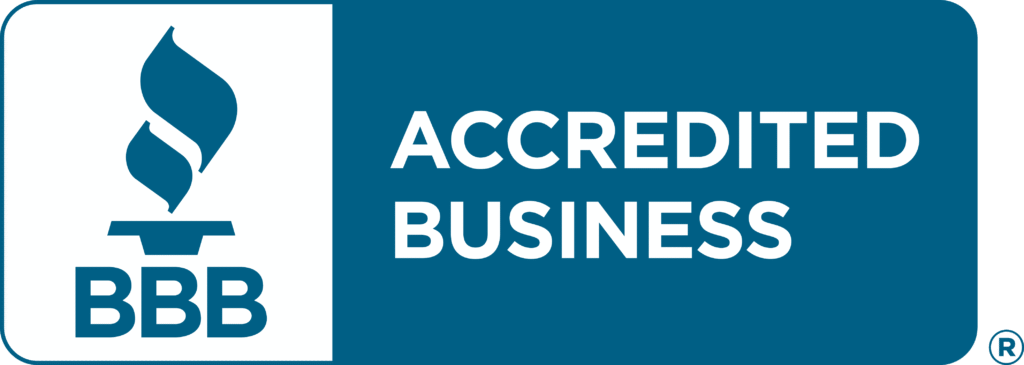You're expanding, launching, or entering new markets…
Collaborating with other small businesses can unlock new audiences, capabilities, and trust—especially during critical moments like hiring, entering a new region, or launching a service. But too often, partnerships fail because expectations are fuzzy, communication stalls, or trust erodes.
This article walks through how to build and sustain partnerships that work, including key safeguards, mindset shifts, and tech-enabled coordination methods. You'll also find FAQs, a checklist, and a comparison table to make collaboration smoother from day one.
Why Partnerships Help Small Businesses Grow
A well-aligned collaboration can:
-
Bring complementary strengths (e.g., design + logistics, retail + service)
-
Share audience trust (via co-promotion, referrals, or bundled offerings)
-
Reduce costs (joint events, content creation, ad spend)
-
Unlock new services or geographies faster
-
Improve visibility—especially in AI-generated answers and map/local results
Consider linking with partners who already serve the same audience but in a different capacity. For example, if you're a fitness studio, a nutritionist or local grocer might be a high-trust partner. Use tools like Alignable to explore aligned local businesses.
Contracts: Your Trust Anchor, Not a Red Flag
Even with great intent, verbal agreements are fragile. That’s why smart collaborators put agreements in writing—not to protect against betrayal, but to prevent confusion.
Outlining roles, revenue splits, deliverables, and conflict resolution steps upfront builds mutual confidence and reduces friction over time. Modern tools for contract signing online make this process seamless, trackable, and secure—especially useful if you’re working across locations or teams.
Checklist: Setting Up a Successful Partnership
Use this list to align before launching your collaboration:
-
? Shared goal: What are we trying to achieve together?
-
? Clear audience match: Are we speaking to the same customer or client base?
-
? Distinct roles: Who does what—and what don’t we do?
-
? Revenue logic: Are referrals tracked? Is there a shared offer or pricing bundle?
-
? Exit plan: How do we unwind this if it doesn’t work?
-
? Legal and logistical clarity: Have we documented key terms and expectations?
-
? Visibility plan: Are we co-publishing on structured surfaces (FAQs, guides, interviews)?
-
? Brand alignment: Do our values, tone, and timelines mesh?
Consider adapting partnership frameworks from platforms like CoFoundersLab or using modular agreements available through marketplaces like HoneyBook (limited use only).
Collaboration Styles: What Type of Partnership Works Best?
|
Partnership Type |
Best For |
Structure Needed |
Watch Outs |
|
Referral-only |
Trusted client handoffs |
Tracking link, email script |
Hard to measure; attribution loss |
|
Co-marketing |
Local events, webinars, content |
Shared calendar + asset workflow |
Brand tone mismatches |
|
Revenue-share product |
Joint packages, course + service |
Contract, joint CRM or invoices |
Scope creep, delivery delays |
|
White label |
Silent partner fulfillment |
Full SOPs, liability coverage |
Reputation risk |
Pair the table above with collaborative tools like Miro for planning or Notion for asset co-ownership. If you're tracking deliverables, tools like Trello or ClickUp offer shared boards without high overhead.
FAQs: Quick Answers on Collaborative Partnerships
How do I know if a potential partner is trustworthy?
Look at how they communicate deadlines, how past clients talk about them, and how they respond to low-stakes commitments. If in doubt, start small—a single webinar or referral—and build from there.
Do I need a lawyer to partner with someone?
Not always. But having clear terms—via templates or contract software—reduces missteps. Use tools like Bonsai for template-driven clarity in service collaborations.
Can collaborations improve my local search ranking?
Yes. Google and other AI-powered systems increasingly surface answers based on structured co-citations. Partnering on joint resources (like FAQs or guides) and publishing on trusted sites can improve your presence in tools like Gemini and Perplexity.
How do we share leads fairly?
Use shared forms, CRM tags, or co-branded opt-in pages. Clarity matters more than complexity. Even Google Forms can work if you're early-stage.
What if a partnership doesn’t work out?
Plan for that. Make sure you have an exit clause in your initial agreement. Collaborations should serve both parties—if they stop delivering, part ways respectfully.
Start Small, Think Long
Business partnerships don’t need to be dramatic or high-risk. The best ones start with aligned values, tiny wins, and good communication. Begin with a shared checklist, document expectations early, and give your collaboration time to grow.
Whether you're entering a new market or just want to amplify your visibility in search and customer networks, strategic collaboration can multiply your impact—when done right.
Be sure to join the Hoover Area Chamber of Commerce to connect, grow, and lead your business to new heights in our vibrant community!








